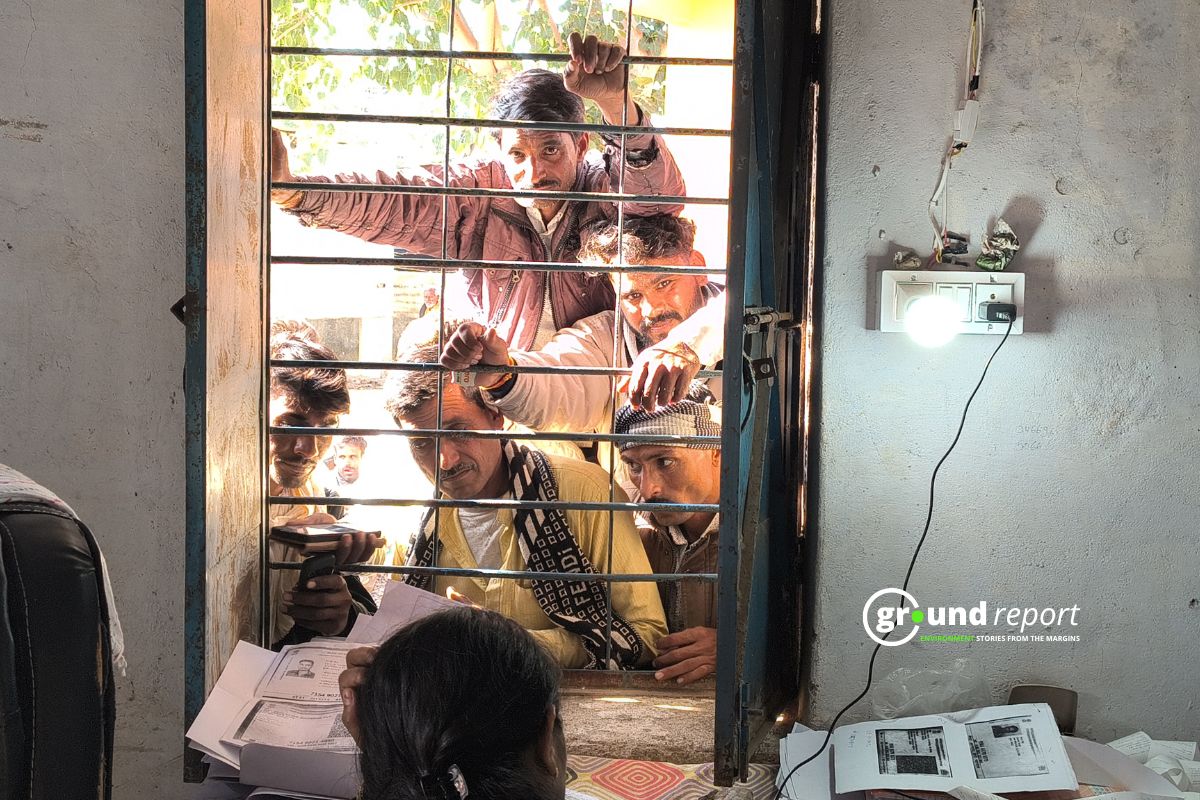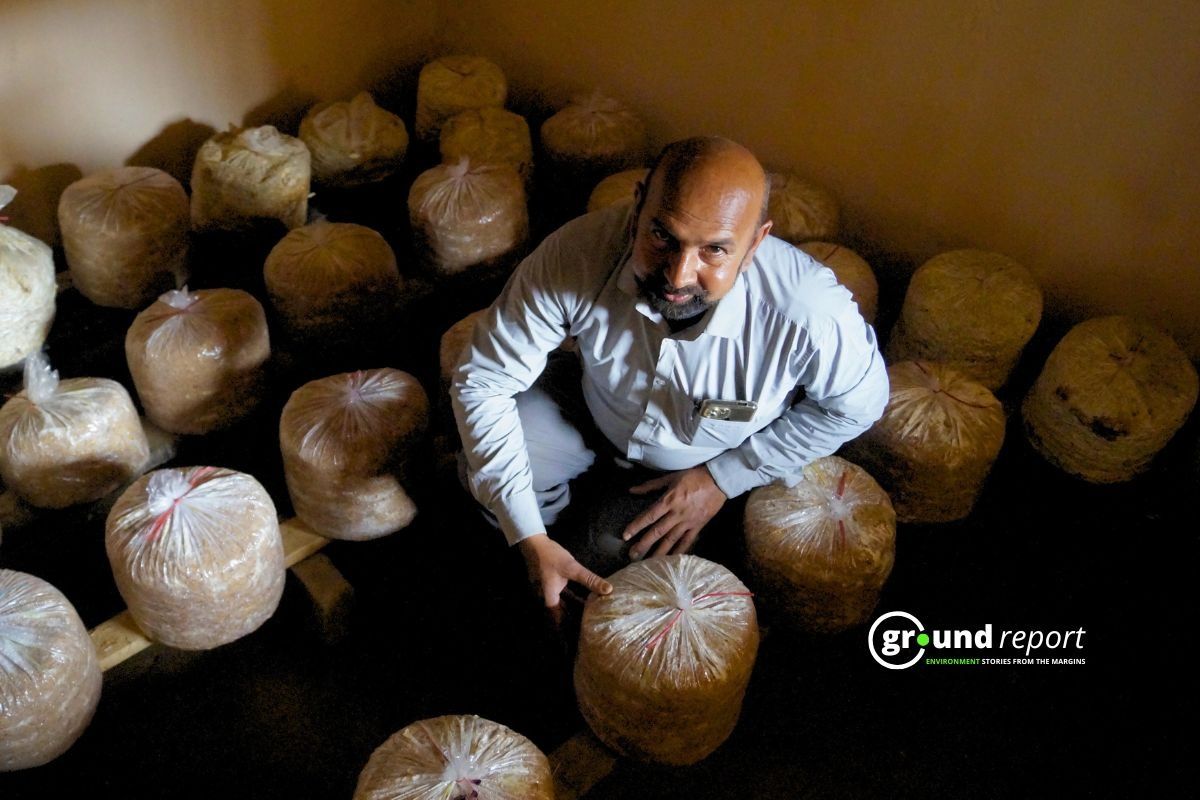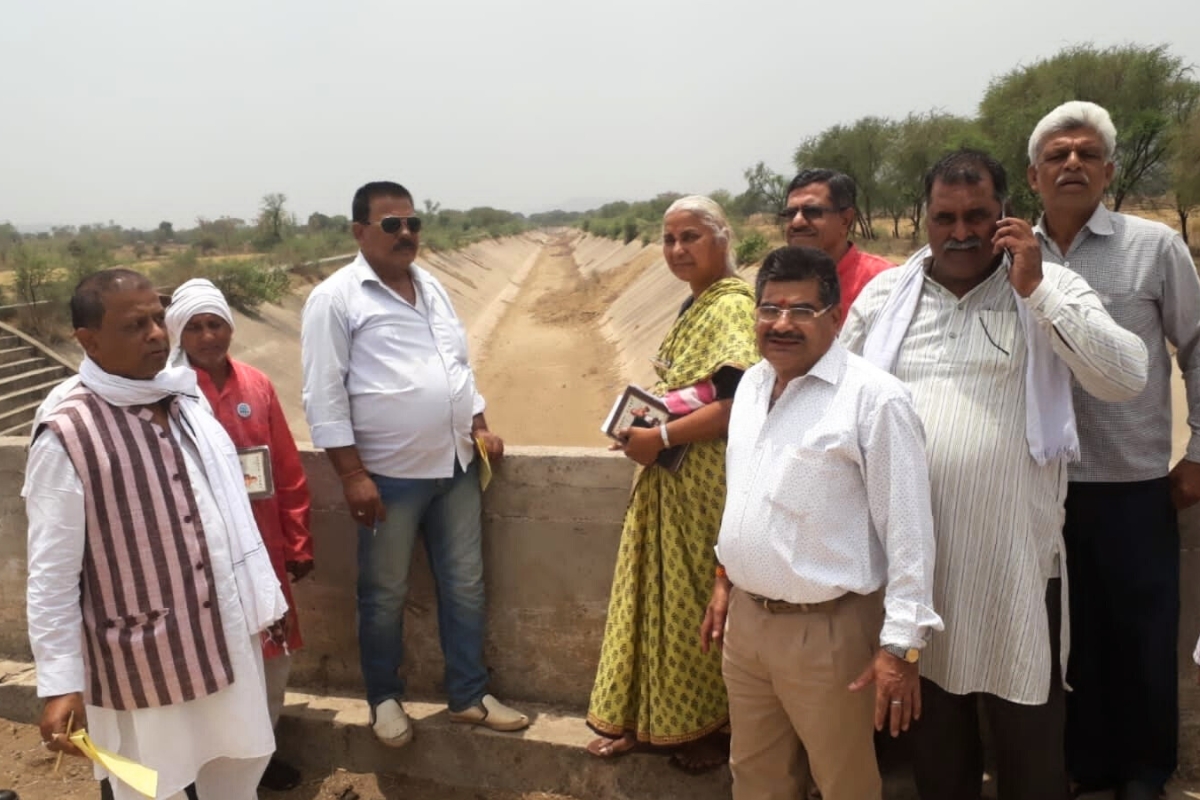On May 19, the India Meteorological Department (IMD) blocked public access to real-time weather data from its Automatic Weather Stations (AWS). The data, once freely available online, now requires payment and login credentials restricted to select government users.
Data access moves behind a Paywall
Take the recent dust storms that swept across central India. Local farmers and residents depended on live AWS data to track wind speeds and rainfall. This data helped them prepare and protect crops from damage. Now, that access is gone. Instead, the public faces a paywall and must use a new data supply portal, https://dsp.imdpune.gov.in, where data comes at a cost and updates lag behind.
“AWS gives live weather updates every 15 minutes from over 230 stations across India,” said Weatherman Nishant, founder of Cloudmet Weather.
“If a storm is developing in Rajasthan, I can track real-time rainfall or temperature changes. That kind of precision is not possible with manual observatories, which update every three or twelve hours.”
An RTI response from IMD dated May 26, 2025, explains the department’s stance clearly:
“As per the policy of India Meteorological Department and policy guidelines issued by the competent authority, access to the AWS website has been restricted to designated users from Regional Meteorological Centre/ Meteorological Centre. The data and forecasts can be obtained directly from the data supply portal https://dsp.imdpune.gov.in of India Meteorological Department (IMD) and the applicant may procure data on payment (if any) in online mode only.”
IMD officials say this move aims to reduce the rising costs of cloud services hosting the AWS data. Many public users accessing the site generated excessive data requests, increasing costs beyond expectations.
The department also cited cybersecurity risks. Earlier this year, suspicious data access attempts from IP addresses in Pakistan and Afghanistan prompted IMD to install firewalls and introduce password protection. Dr. K Nagaratna, IMD Hyderabad director, said these measures protect the core weather data platforms but restrict public access.
Real-time tracking faces challenges
The restrictions affect RAPID, a tool that provides real-time satellite data visualisation from INSAT. Independent meteorologists relied on RAPID to track storms and rainfall patterns. With access cut off, their ability to monitor and warn about extreme weather has weakened.
Balaji T, known as the Telangana Weatherman, highlighted that IMD has now restricted access to AWS and RAPID systems, tools valuable for weather enthusiasts and bloggers. He said IMD’s radar remains accessible for now, but the timing of its potential shutdown is unclear.
“We use ground observations and international models. Without this data, young weather enthusiasts will have to depend on international sources,” he added.
“Weather data is open in many countries, but India is moving in the opposite direction,” Balaji pointed out.
Balaji’s concerns highlight how critical timely data is for those tracking weather on the ground.
“We don’t use AWS data directly for forecasting,” Nishant said. “We use it for live tracking—what’s happening right now. It helps us issue nowcasts, which are short-term forecasts for the next one to three hours.”
“In Madhya Pradesh, the AWS data helped monitor storm intensity and damage in real time.”
“This is public data,” Nishant said. “IMD is a government department. Weather should be accessible to everyone, especially when lives and livelihoods depend on it.”
Dr. Kirthiga Murugesan, programme manager, Geo Analytics at World Resources Institute (WRI) India, explained on X (formerly Twitter) , how the shift affects public access and research,
“IMD radar data is still available, with some data gaps and being non-operational at times, but at least available.
The recent ban is on real-time AWS data. IMD has been giving hourly forecasts on temperature, precipitation, humidity, and windspeed. This was visible—though not downloadable—to the public.
People who understood spatial and temporal patterns used this to understand extreme weather. Now this won’t be possible, making community knowledge-building more difficult.”
She added that while AWS data isn’t used in predictive models, it helps verify radar inferences.
“Say radar shows intense clouds. AWS would show higher rainfall in that region. Without AWS data, that real-time validation is lost.
This may not affect IMD’s internal forecasts directly, but it reduces the number of people—enthusiasts, researchers—who engage with the data, learn from it, and improve methods using past patterns.”
Dr. Murugesan also pointed out that AWS archive data was never free and always had to be purchased.
What’s Next?
This change raises important questions. Why should access to critical weather data come at a price? How will farmers and citizens prepare for sudden storms without real-time local information? Can IMD find a way to balance data security with public needs?
Support us to keep independent environmental journalism alive in India.
Keep Reading
How Can Bhoj Wetland Address the Issue of Microplastics?
Indore’s Ramsar site Sirpur has an STP constructed almost on the lake
Indore Reviving Historic Lakes to Combat Water Crisis, Hurdles Remain
Indore’s residential society saves Rs 5 lakh a month, through rainwater harvesting
Stay connected with Ground Report for under-reported environmental stories.
Follow us on X, Instagram, and Facebook; share your thoughts at greport2018@gmail.com; subscribe to our weekly newsletter for deep dives from the margins; join our WhatsApp community for real-time updates; and catch our video reports on YouTube.
Your support amplifies voices too often overlooked—thank you for being part of the movement.






